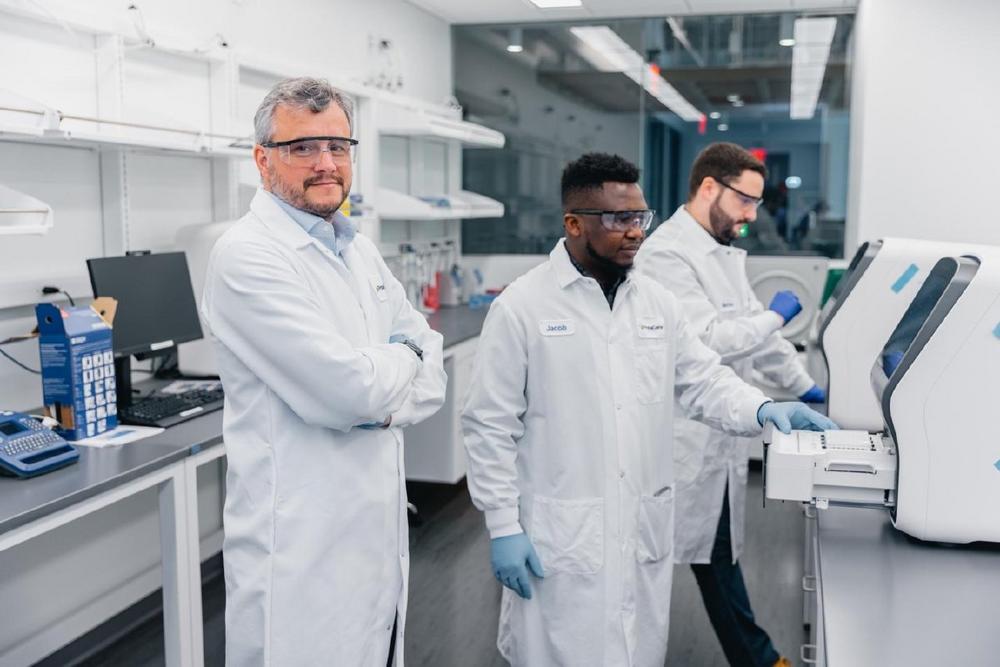#1 – Current Gene Therapy Regulatory Landscape
Worldwide, there are more than 2,000 active clinical programs and thousands more molecules in various stages of pre-IND development, and the pace of commercial approval is accelerating.
However, global regulators have applied more stringent requirements as the gene therapy market has matured. Validation requirements, especially for molecules in the later phases of development, have become much more demanding. To avoid regulatory approval delays, developers must fully understand the therapeutic molecule they are working with and match analytical approaches to the molecule type.
Whereas regulators demand more robust gene therapy CMC programs in the clinical phase, they’ve become increasingly pragmatic and open to science-driven justifications when designing preclinical in-life studies and the corresponding analytical packages. For example, on a case-by-case basis, there is regulatory willingness to permit skipping IND-enabling studies if a developer has completed a program with a similar delivery vehicle (e.g., AAV), paving the way for more efficient platform-based approaches.
However, gene therapy developers continue to be challenged by the need for more regulatory guidance, particularly on how assays should be developed and validated.
#2 – Bioanalysis Considerations: Biodistribution, Transgene Expression, and Vector Shedding
Because gene therapy carries potential risks—including unintended effects caused by the gene therapy vector—biodistribution, transgene expression, and vector shedding are critical components of gene therapy development, providing crucial preclinical IND-enabling data and safety evaluation during development.
Biodistribution studies are critical for determining the distribution and persistence of the gene therapy vector in vivo, along with the transgene expression levels in target and non-target tissues. Vector shedding is another important safety element that must be considered.
By and large, the requirements for these studies are simultaneously becoming more robust and more targeted. For example, developers historically tested about 40 tissues per animal. While it does depend on the molecule, the route of administration, the mechanism of action, and the tropism, the industry is generally testing an average of 15 tissues. As previously mentioned, advancing science and an increased understanding of gene therapy molecules allows regulators to be more pragmatic.
Conversely, transgene expression wasn’t commonly conducted in the early days of gene therapy development, but after this analysis became required, it was generally assessed in every available tissue. Now we see a more pragmatic approach and only evaluate transgene expression in tissues shown to contain the gene therapy vector.
Vector shedding analysis is a regulatory requirement and an essential analytical safety endpoint. However, regulators are taking a practical approach here as well. With science-based justification, recent approvals have skipped preclinical vector shedding analysis, and these assessments are being conducted exclusively in the clinical phases.
#3 – Gene Therapy Molecular Bioanalysis Challenges
Due to the high demand for critical molecular bioanalysis, long lead times have become a pressing issue. To avoid unexpected program delays, developers must consider the time needed to develop and validate assays—generally two to four months.
Another challenge is the tension between two existing molecular biology tools used to support the development of cell and gene therapies. Quantitative PCR (qPCR) is a well-established, robust, and sensitive molecular biology tool used within cell and gene therapy development programs for decades, whereas the introduction of digital and digital droplet PCR (d and ddPCR) brings with it more accurate and precise readouts. While the introduction of dPCR/ddPCR allows developers to achieve these higher levels of accuracy and precision, making it an excellent fit for CMC applications, it’s potentially not a good fit to support the preclinical and clinical development of cell and gene therapy molecules due to its much smaller dynamic range (although demand is increasing to use dPCR/ddPCR in both areas).
As gene therapy advances, a science-driven approach to both in-life and analytical considerations is critical, and liaising with the relevant experts to decide the best analytical approach is essential.
Learn more about ProtaGene’s advanced molecular bioanalysis solutions.
ProtaGene is a world leading CRO partner for the biopharmaceutical & gene and cell therapy industries. From discovery to product commercialization, we provide the most advanced analytic capabilities and packages for biologic therapeutics and cell & gene therapy platforms. A unique combination of analytical platforms makes us the leading analytic service provider.
ProtaGene GmbH
Inselwiesenstr. 10
74076 Heilbronn
Telefon: +49 (7131) 745040
Telefax: +49 (7131) 74504299
https://www.protagene.com
Marketing Manager
Telefon: +49 7131 74 50 40
Fax: +49 (7131) 74504299
E-Mail: marketing@protagene.com
![]()

